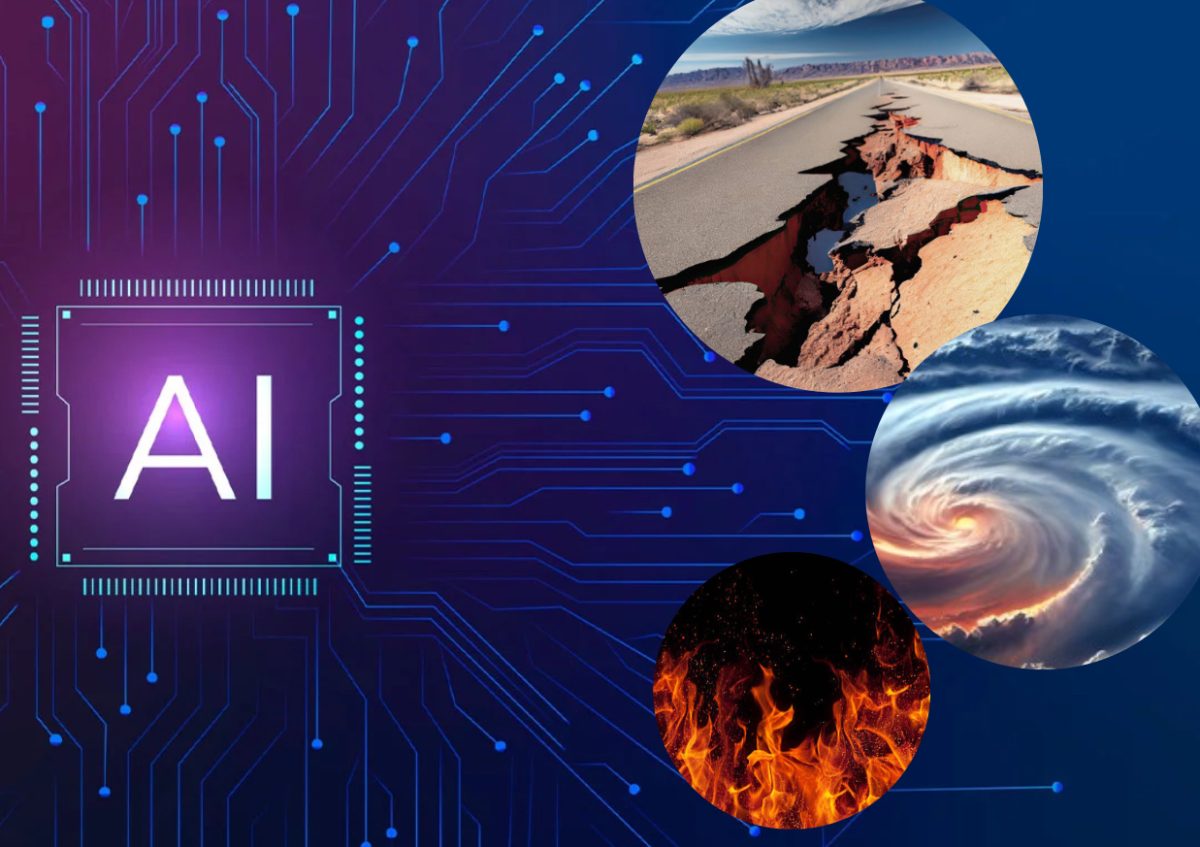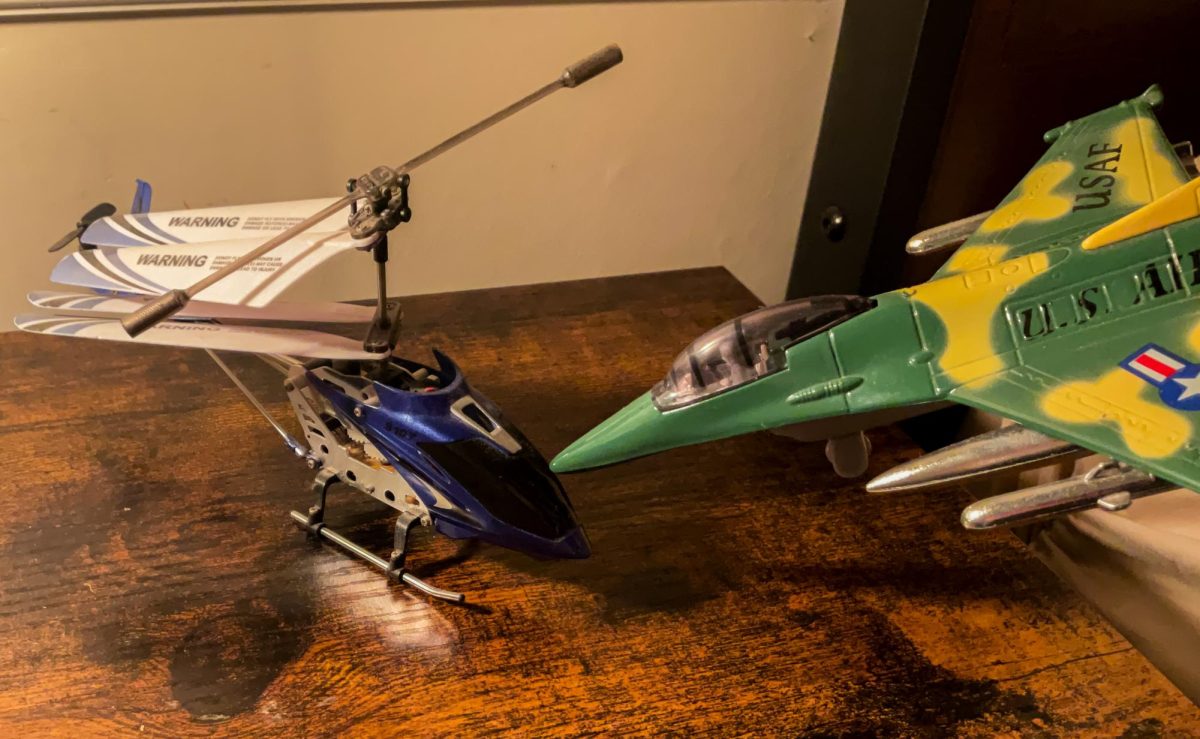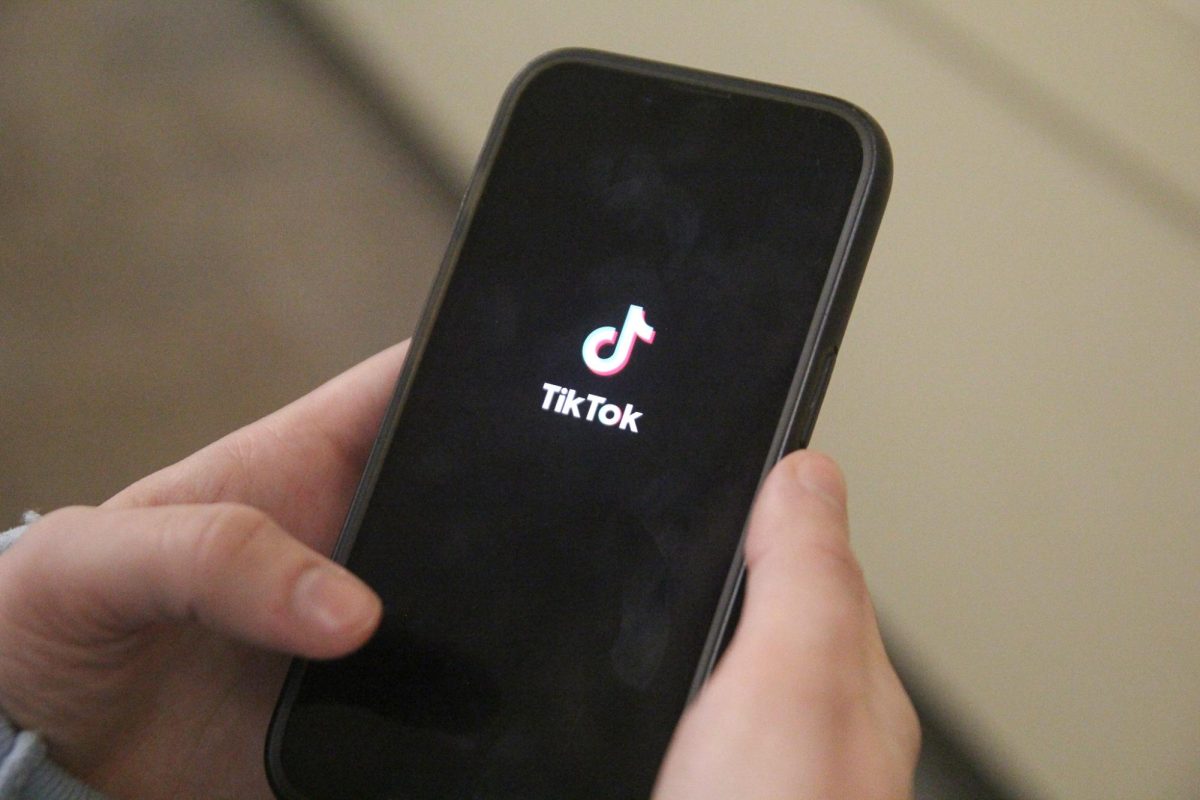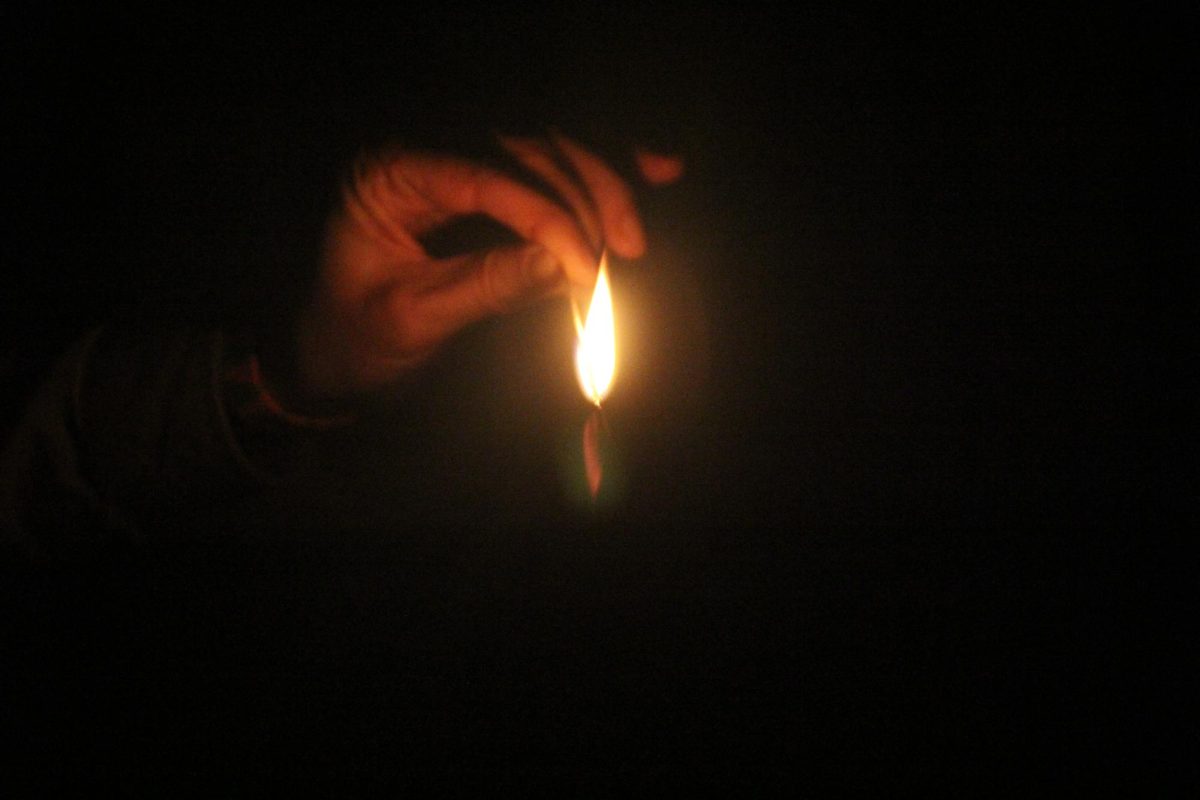Seated on the Sea of the Japan coast and the main island of Honshu, Ishikawa prefecture is a quiet unassuming city, largely known for its arts and craft industry. However, at 4:10pm on New Year’s Day disaster struck in the form of a 7.5 magnitude earthquake, triggering tsunami warnings, collapsing buildings and leaving over 100 dead. This powerful quake was the strongest to hit Ishikawa in over a century.
While earthquakes shake Japan, 7,000 miles away, the state of Florida saw over 20 named tropical storms (including hurricanes) in 2023 alone. This number ranked fourth in the most named storms since 1950.
Already, natural disasters are forecasted to become more frequent and severe in 2024, with 2023 experiencing a hurricane season 17.6% above the normal average. So what is going on? There are many different opinions on the reason behind this problem, however, the vast majority of scientists continue to associate the increase in severe natural disasters to global warming. While this may be the case, the solution of going “carbon neutral” is admittedly a long process.
However, new technology is on the rise. With the introduction of vastly more efficient AI programs, humanity’s ability to forecast weather events has taken a huge leap. The most notable example of this is earthquake prediction, something previously thought to be impossible.
In Austin Texas, researchers at the University of Texas have developed an AI algorithm that correctly predicted 70% of earthquakes a week in advance. In the study, the algorithm was given real-time seismic data and programmed to give a weekly forecast. With this information, it correctly predicted 14 earthquakes within a 200-mile radius of where they occurred. Researchers hope to one day expand this technology around the world. While not perfect, this new technology has given researchers, and citizens around the world hope that one day the effects of earthquakes can be mitigated by an early warning system.
Along the same lines, new technology might be able to help with problems facing coastal cities.
Previously, most hurricane and tropical predictions have been made by a complicated method utilizing atmospheric data called numerical weather prediction. However, this method requires vast amounts of computer resources and takes hours to complete a single forecast. On the other hand, AI is now able to create forecasts much faster and with less computer processing power. It does this by being able to study historical trends of data and predict how the weather will perform in the future based on these past patterns. Not only does it more accurately predict hurricanes, and tropical storms, but it is also able to do so 9 days ahead compared to the previous 6.
These new advances in AI forecasting are crucial to save thousands of lives and properties. While they may not yet be perfected, it is safe to say that they will likely become a crucial part of society in the future.









